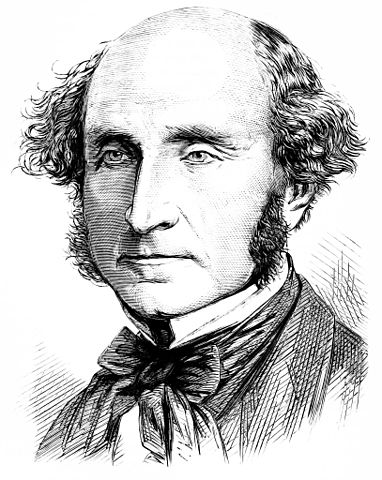Modern Liberalism vs Classical Liberalism
The distinction between modern liberalism and classical liberalism is largely centered on their differing opinions about the role of government. Generally, when someone is described as being liberal, they are seen as progressive, supportive of equality, and having a modern attitude. This is how governments in democratic countries are often viewed, as they oppose dictatorships and differ from communist governments. However, this is a simplistic explanation of liberalism, and it becomes more complex when discussing modern liberalism and classical liberalism. Classical liberalism refers to the liberalism of the 19th century, while the term social liberalism is used to describe modern liberalism.
What is Classical Liberalism?
Classical liberalism combines civil liberty, political freedom, and economic freedom. It asserts that the government should have minimal involvement in people’s lives to allow them to enjoy freedom and shape their lives without interference. Classical liberalism was redefined in the 19th century in Europe in response to the industrial revolution and urbanization. It emphasized limited government, the rule of law, freedom of speech and religion, and importantly, free markets.
Notable figures in classical liberalism include economist Adam Smith, Thomas Malthus, and David Ricardo. These proponents of classical liberalism favored minimal government involvement and greater individual freedom. They made assumptions about human behavior, such as individuals being motivated by pain and pleasure, being calculating in their decision-making, remaining inert if there is no chance to increase pleasure or reduce pain, and being motivated to work only by fear of hunger or the prospect of great reward.
What is Modern Liberalism?
Modern liberalism combines social justice and a mixed economy. It acknowledges that limiting government power can do more harm than good, as those in need have no support without government intervention. To protect people’s rights, modern liberalism argues that the government must be involved and provide for the needy while placing higher burdens on the wealthy.
As the 19th century came to an end, growing unemployment and economic decline led to disillusionment with classical liberalism. The deprivation and destitution of the working class prompted the development of social liberalism or modern liberalism. This new school of thought favored government intervention in the economy, supporting the working class and encouraging social activism in various aspects of life. Modern liberalism emphasizes labor laws, minimum safety standards in the industry, and minimum wages.
Key Takeaways
- Classical liberalism combines civil liberty, political freedom, and economic freedom, while modern liberalism combines social justice and a mixed economy.
- Classical liberalism viewed government power as a necessary evil, while modern liberalism recommends a far greater role for the government.
- Classical liberalism favored low taxes and minimal economic regulation, while modern liberalism supports high tax systems, many laws on businesses, and high minimum wage laws.
